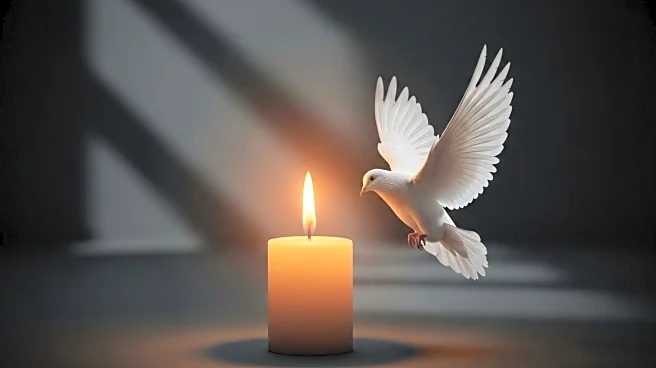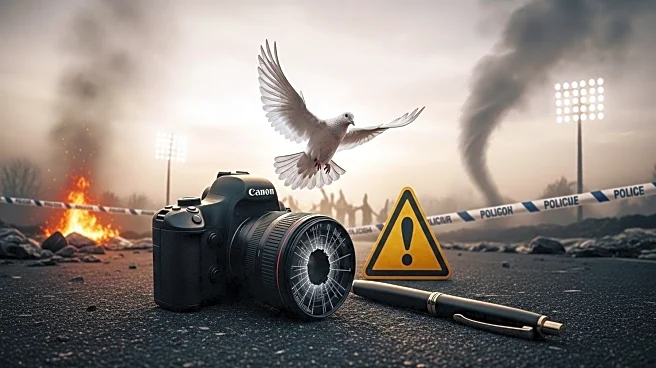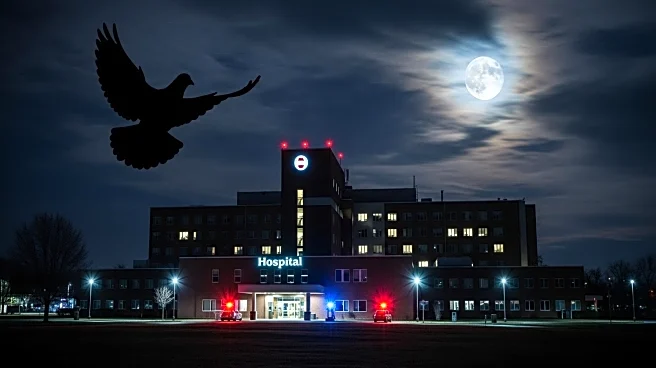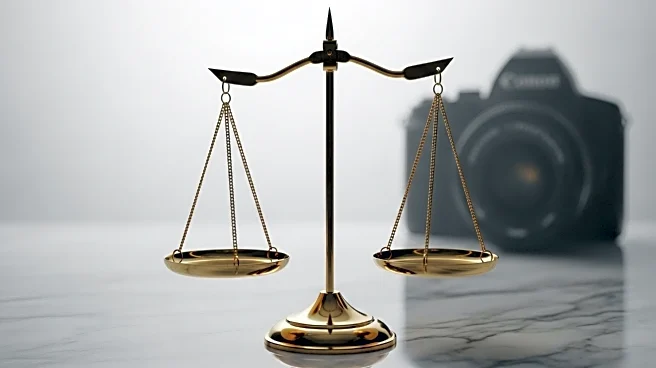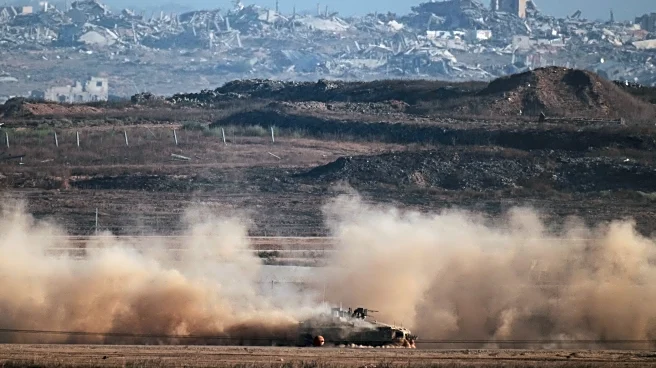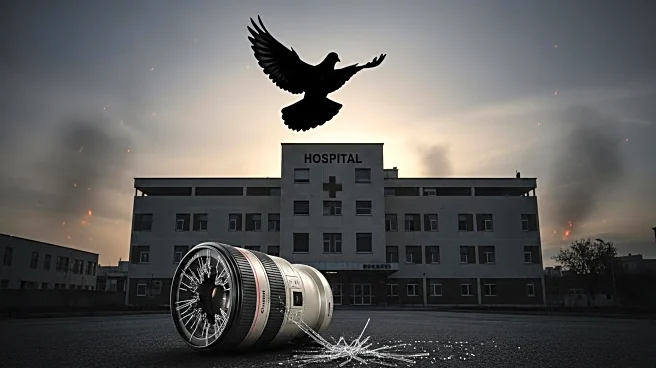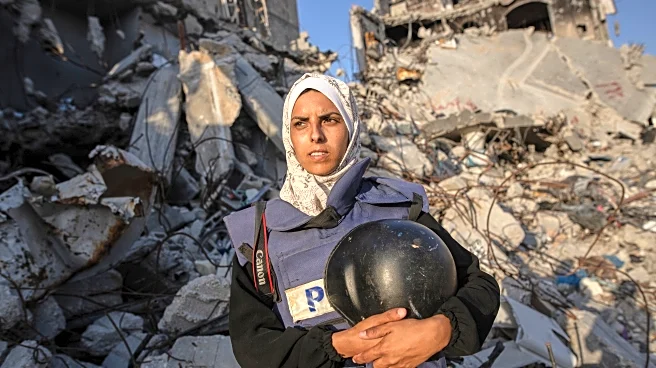What's Happening?
Israeli military strikes on Nasser Hospital in Khan Younis, Gaza, resulted in the deaths of 22 individuals, including five journalists. The attack occurred in two consecutive strikes on the hospital's fourth floor stairwell, where journalists and medical staff were present. The journalists were affiliated with international outlets such as The Associated Press, Reuters, and Al Jazeera. The incident has drawn global condemnation and a rare expression of regret from the Israeli government. The attack marks one of the deadliest days for the press in the Palestinian territory, with 245 media workers killed in the past 22 months of conflict.
Why It's Important?
The attack on journalists highlights the ongoing risks faced by media personnel in conflict zones, raising concerns about press freedom and the protection of journalists under international law. The incident has prompted calls for accountability and transparent investigations from major news organizations and press associations. The targeting of journalists may impact the flow of information from Gaza, affecting global understanding of the situation. The broader implications include potential shifts in international relations and pressure on Israel to adhere to international standards regarding the treatment of journalists and civilians.
What's Next?
Major news organizations, including Reuters and The Associated Press, have demanded a swift investigation into the attack. The Israeli military has acknowledged the incident but has not identified a specific target. The international community may increase pressure on Israel to ensure the safety of journalists and civilians in conflict zones. The Foreign Press Association has called for Israel to halt the practice of targeting journalists, which could lead to diplomatic discussions and potential policy changes regarding media access and protection in Gaza.
Beyond the Headlines
The attack raises ethical questions about the targeting of journalists and the suppression of information in conflict zones. It underscores the challenges faced by media personnel in reporting from areas with restricted access and heightened risks. The incident may lead to increased advocacy for press freedom and the protection of journalists globally, influencing long-term shifts in international policies and practices related to media coverage in conflict areas.
